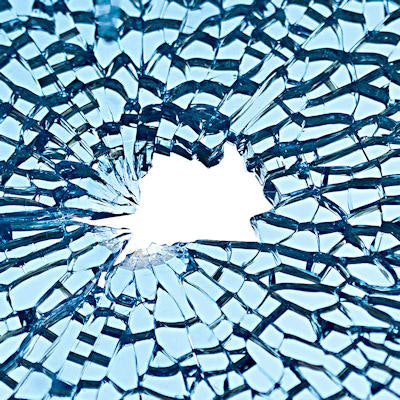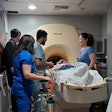
Women in radiology continue to come up against barriers to their advancement into leadership positions, according to a presentation delivered August 3 at the 2021 AHRA meeting in Nashville, TN.
 Nicole Dhanraj, PhD.
Nicole Dhanraj, PhD.Throughout their careers, women face persistent obstacles, and what's needed is for women to come together to support changing the department culture, said presenter Nicole Dhanraj, PhD, systems director of Northern Arizona Healthcare in Flagstaff.
"Part of the call to action for women in radiology is to remember that we're all in this together, and we need to offer each other support, whether that's celebrating immediate successes or offering long-term mentorship and positive coaching," she said.
Dhanraj used her talk to elicit conversation among session attendees about barriers to women in radiology leadership and how those barriers might be overcome.
Why the gap?
Most women in radiology leadership positions have faced obstacles as they've risen in the ranks -- and these obstacles can be even more obdurate for women of color, Dhanraj noted.
She listed a number of blocks women in radiology come up against:
- Few advancement opportunities
- Lack of diverse culture in the organization
- Implicit bias
- Inadequate pay
- Lack of mentors/sponsors/role models
- Lack of self-confidence
- Prejudice
- Tokenism
"Why in the 21st century, when there is an emphasis on diversity and inclusion initiatives in organizations, do we still see a lack of minority women across leadership roles in radiology?" she asked. "Women not only have to break the glass ceiling but must navigate the glass cliffs often associated with growing their career."
And although both women and men experience obstacles on the way up the senior leadership path, women tend to experience some more acutely, such as a lack of access to career development and networking opportunities and more caring responsibilities outside of work.
"Women also face a kind of false encouragement, where their peers or their senior leaders are saying, 'Yes, you can do this,' but there's no actual support or mentoring," she said.
Effective strategies
To develop a more inclusive environment, a department must consider a number of factors, Dhanraj said.
"Acknowledge the challenges of developing diversity," she said. "Explore what the drivers of gender imbalance are. Reward leaders who mentor potential leaders and make diversity and inclusion a core principle in every department."
Departments should also do the following:
- Publicly advocate for racial equality.
- Sponsor women and women of color and establish mentoring opportunities, even as early as high school.
- Conduct implicit bias training courses.
- Establish champions for culture change.
- Call out unacceptable behavior in a way that educates, but also establish policies for dealing with unacceptable behavior.
- Recognize women's leadership potential and place them in department leadership positions -- without them asking.
- Focus on competency and experience, not gender.
Additionally, it's crucial to help department members to understand why diversity is good for everyone -- and to keep the future in mind, according to Dhanraj.
"Diversity is part of being consumer-oriented, innovative, and competitive," she said. "It improves decision-making and produces better financial results. To get there, departments need to keep the big picture in mind. For example, succession planning needs to include mentorship and professional development. Keep asking where the women are in the talent pipeline and track that data."
Call to action
When it comes to supporting women in radiology leadership, the point is not to meet a quota but to actually change the department culture, Dhanraj concluded.
"Ask yourself what you are going to do as a radiology group to actually facilitate an inclusive environment," she said. "It's time to take action and make the changes that aren't just for show but are part of actually bringing women into leadership and supporting their success -- based on their skills, knowledge, and abilities, not just because they are women."




















